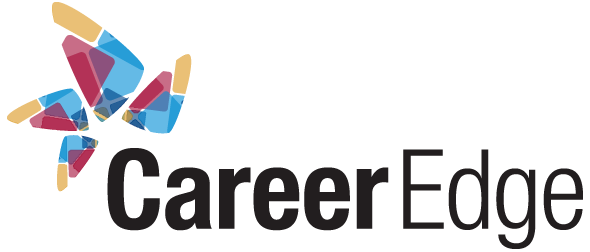At Career Edge Organization, we not only “talk the talk,” we transcribe the talk too.
For over ten years now our Ability Edge program has worked with incredible employers in Canada to provide paid internship opportunities for recent graduates with disabilities. We have worked with a number of employers to provide expertise in sourcing and accommodating persons with disabilities.
Given our mandate and the nature of what we do, we promote inclusivity in the workplace any opportunity we get. The same goes for our Alumni Network Committee.
You may recall, earlier this year we formed a committee of dedicated former interns to meet quarterly and steer the direction of activities and programs for our “Alumni Network” of former interns.
One of our most active committee members presented us with a learning opportunity when she requested accommodation for our quarterly meetings.
As a deaf person, participating and contributing in meetings would have been a challenge for her without accommodation. I had worked with ASL interpreters in the past and immediately assumed this would be the appropriate accommodation.
Lesson #1 – each individual has unique needs and one solution cannot be applied to everyone! For this particular situation, the committee member informed that computerized note-taking would be best.
After a little bit of searching, I came across a company called WordWrap. The Toronto-based firm offers a wide range of services specializing in computerized, onsite note taking and real-time transcription for a variety of sectors. The friendly staff understood our unique needs right away and offered affordable solutions for our meetings so that all can participate to their full potential.
The note-taker did an excellent job and we will continue to work with WordWrap in the future. As an added perk, all of us benefited from the thorough and detailed notes they took which means none of us will need to take minutes for the rest of the year!
Most importantly, the alumnus who requested the service has been an enormous asset to our committee. For a small, negligible cost, we have gained invaluable knowledge, insight and commitment from her.


